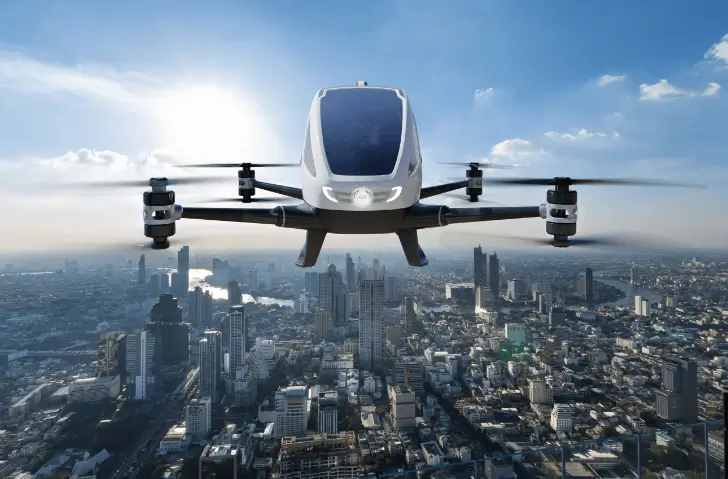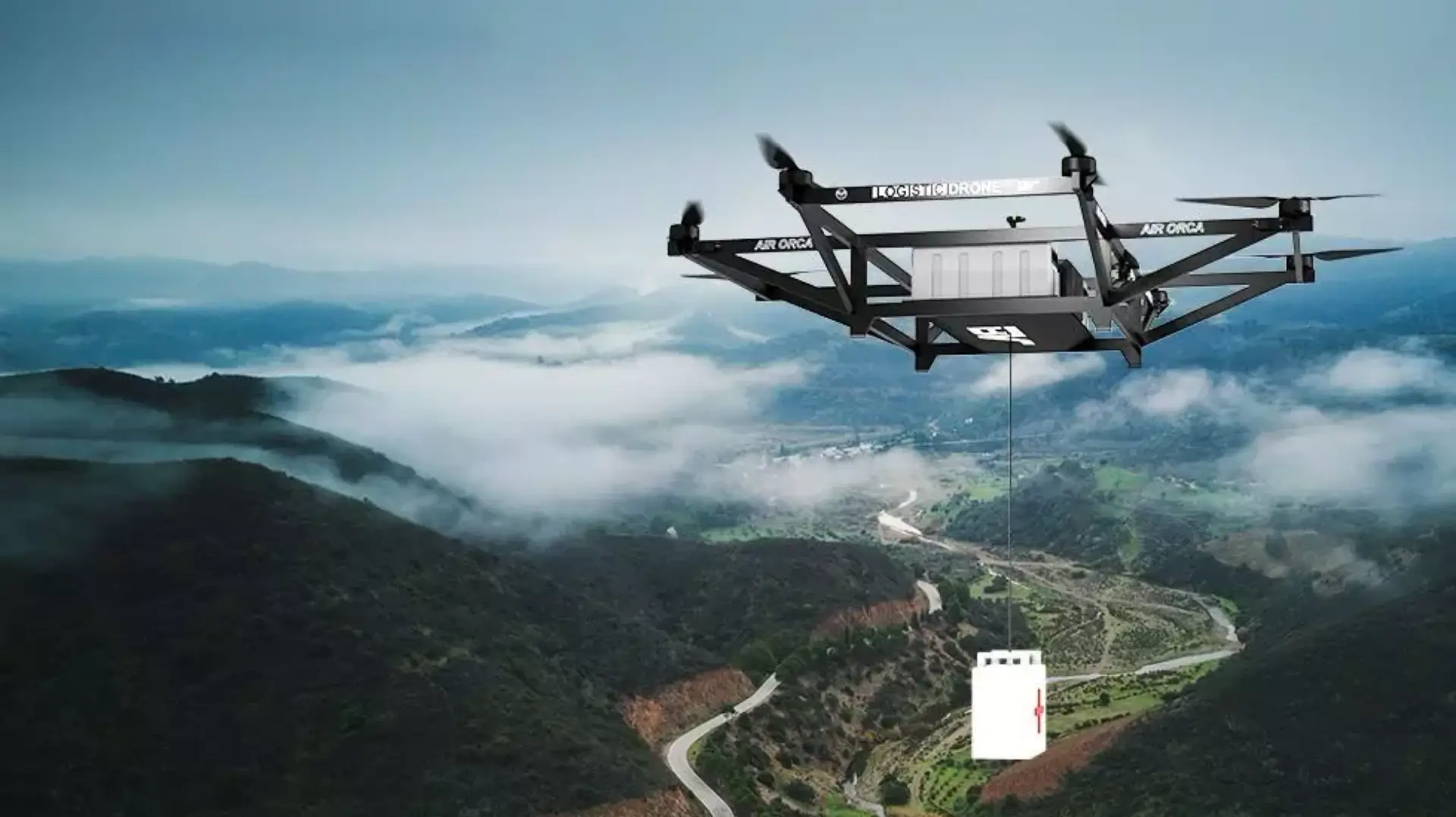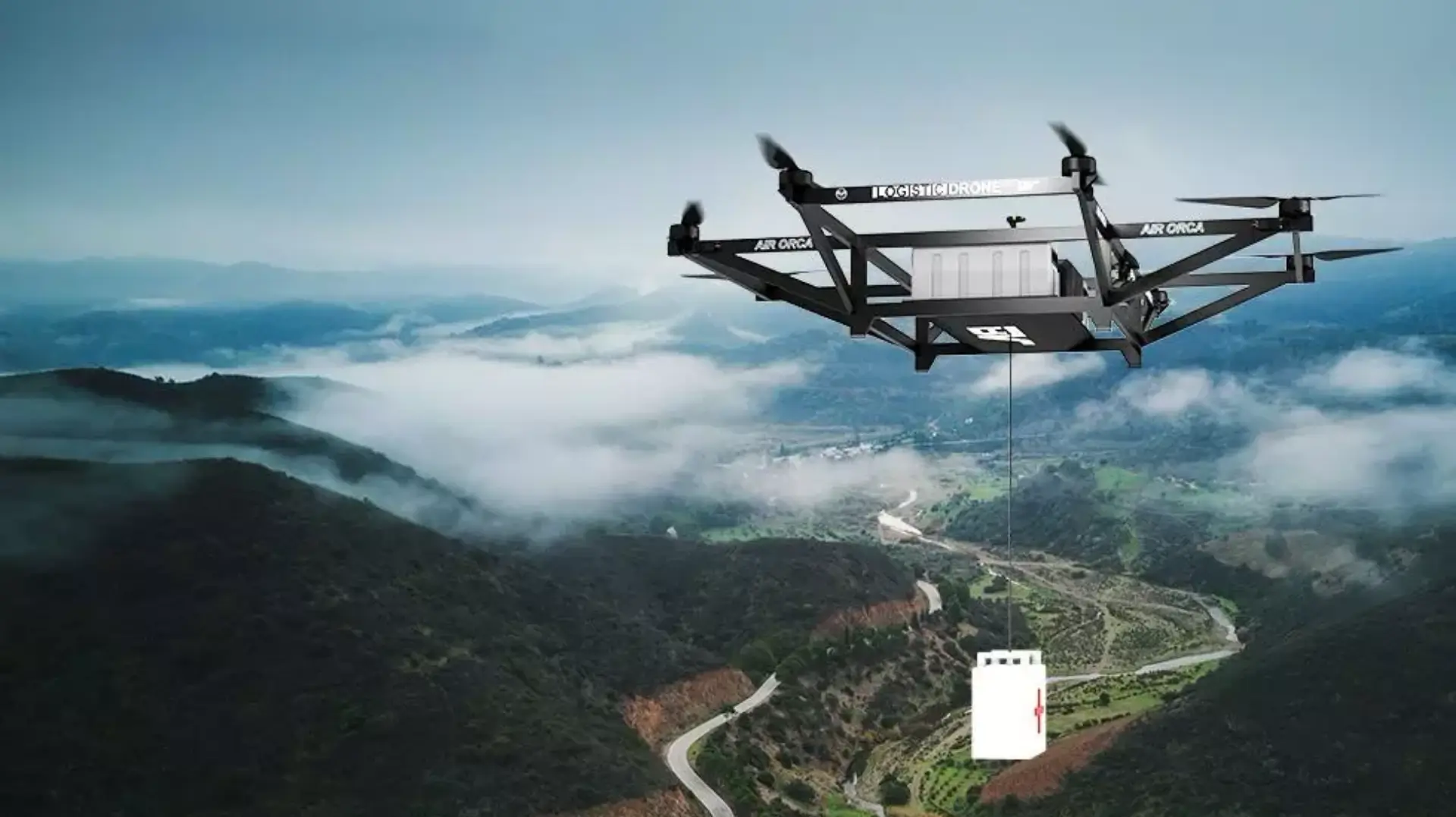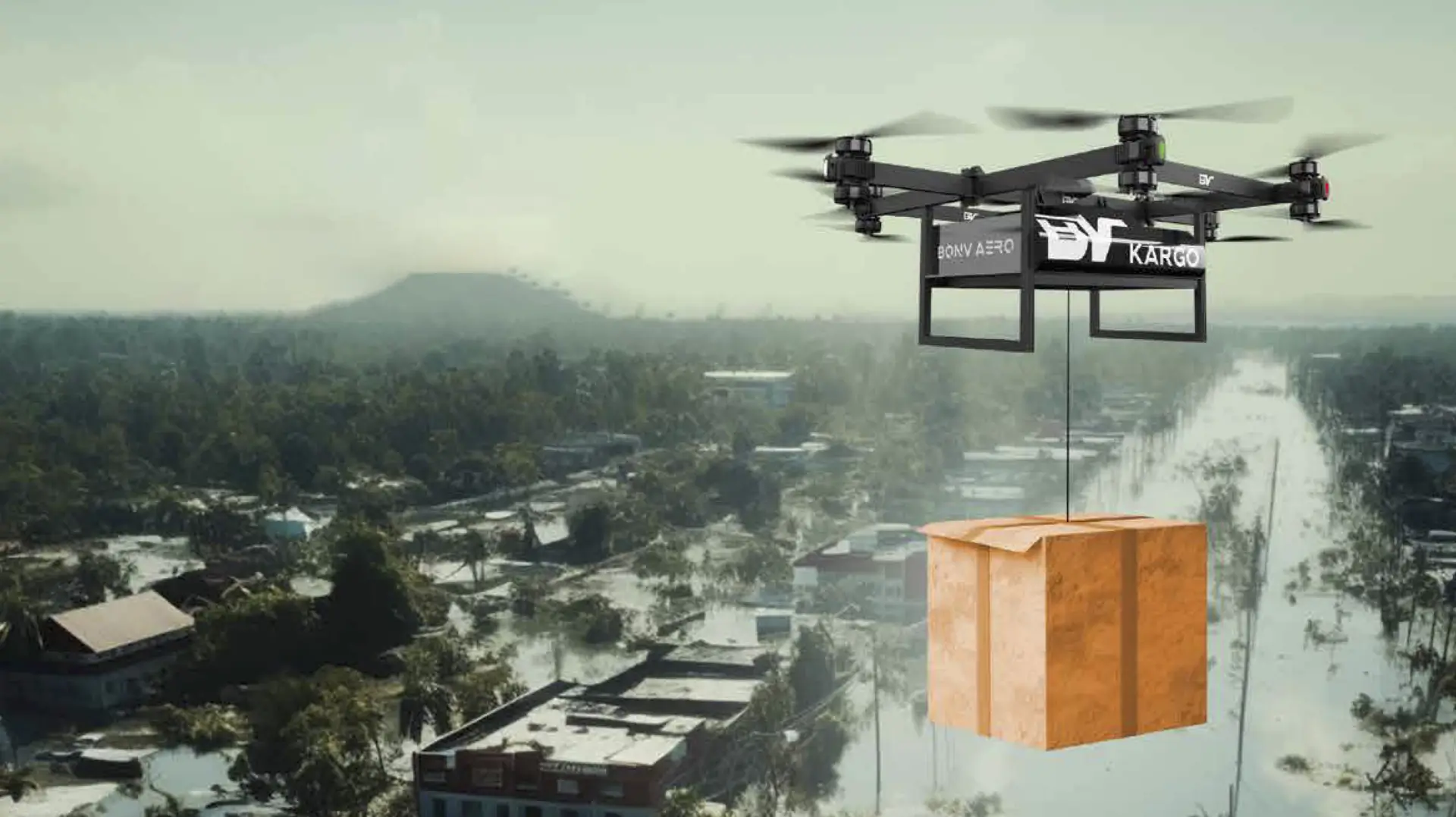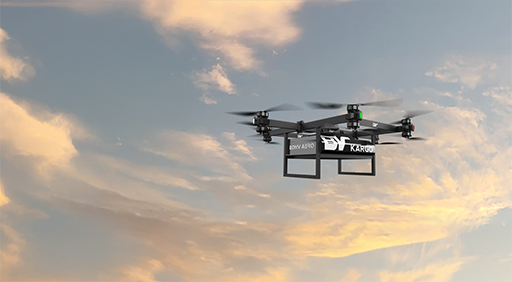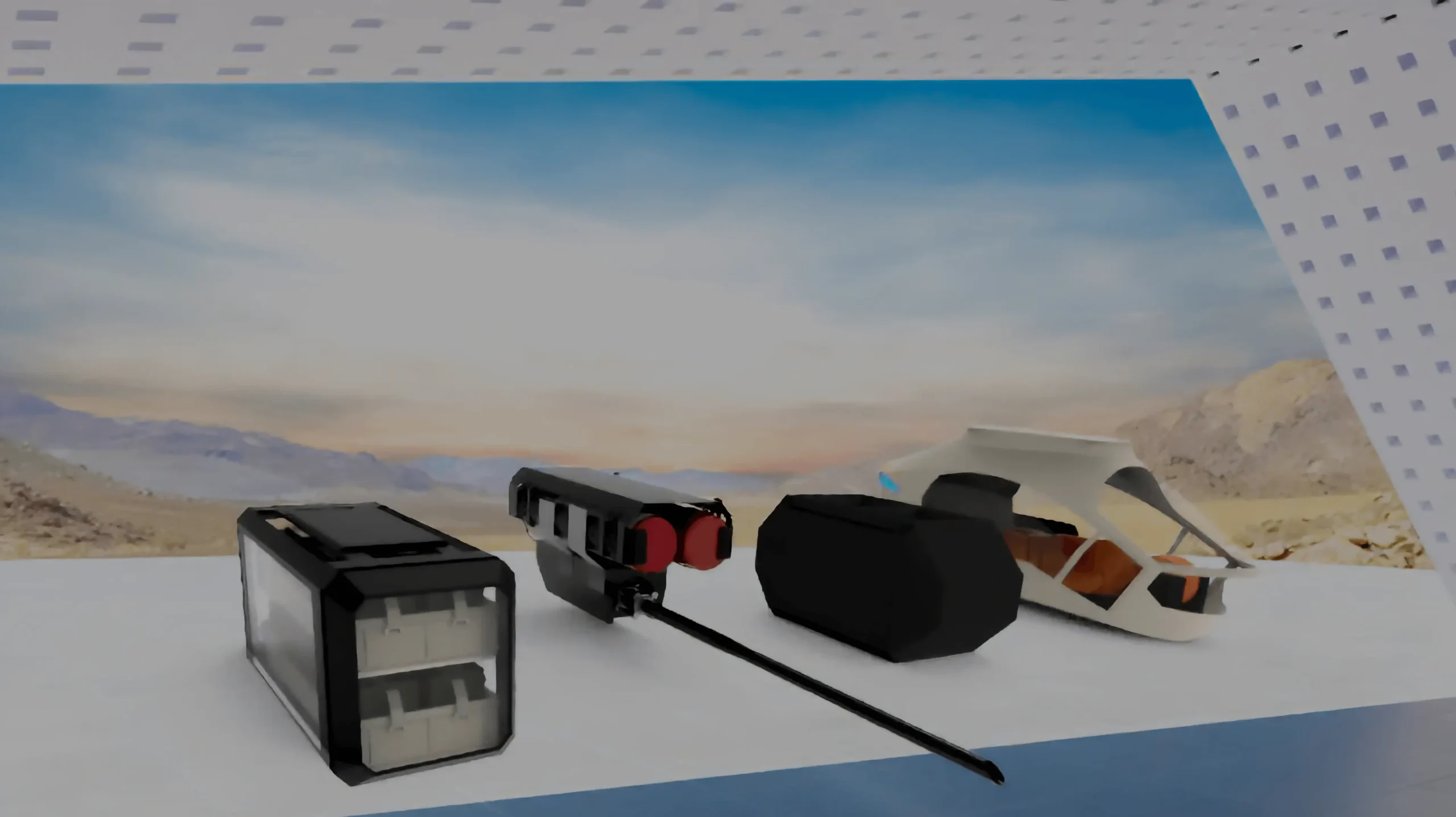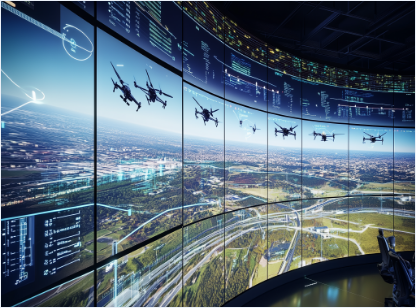In the world of modern aviation, Medium Altitude Long Endurance (MALE) drones are quietly changing the game. Imagine an aircraft that can fly for an entire day, scanning borders, tracking movements, or delivering vital data all without a pilot inside.
These drones strike the perfect balance between endurance, intelligence, and precision. They’ve become essential tools for defence forces, border patrol teams, and even disaster response units, offering a safer and more cost-effective way to see and act from above. Whether it’s keeping watch over distant regions or supporting critical missions, MALE drones represent how technology is making the skies smarter, safer, and more connected than ever before.
What is a MALE Drone?
A MALE drone (Medium Altitude Long Endurance UAV) is built to fly between 10,000 and 30,000 feet for long periods, often more than 24 hours, nonstop. It bridges the gap between smaller tactical drones and larger high-altitude systems, offering the right mix of endurance, payload, and cost-efficiency. Commonly used for intelligence, surveillance, and reconnaissance, MALE drones deliver real-time data from distant or risky areas without putting human lives in danger.
The Core Technology Behind MALE UAVs
The power of MALE UAVs comes from the smart mix of design, engineering, and technology that keeps them flying safely and efficiently for long hours.
- Airframe Design and Aerodynamics: MALE drones are built with lightweight yet strong materials like carbon fiber. Their streamlined design helps them stay stable at medium altitudes, reduce drag, and use less fuel even in changing weather conditions.
- Power and Propulsion Systems: These drones usually run on fuel-efficient piston or turboprop engines that allow them to fly for over a day without refueling. Some newer versions are exploring hybrid or electric systems for quieter and cleaner operations.
- Navigation and Communication: Equipped with GPS and satellite data links, MALE UAVs can be controlled from thousands of kilometers away. They send live video and data back to ground stations, allowing operators to monitor everything in real time.
- Payload Capacity: MALE drones can carry different types of equipment cameras, sensors, radars, or even small guided weapons. This flexibility makes them useful for surveillance, mapping, or precision missions.
Overall, MALE UAV technology blends endurance, smart systems, and adaptability, making these drones reliable for both defence and civilian use.
Key Roles and Applications of MALE UAVs
MALE drone have a wide range of uses across sectors. Here, we’ll look at some of the key applications that show how these drones are transforming modern operations.
- Military Surveillance and Reconnaissance: These UAVs play a vital role in modern defence operations, providing round-the-clock aerial coverage. They monitor battlefields, track enemy movements, and transmit live intelligence helping commanders make faster, more informed decisions.
- Target Acquisition and Strike Missions: Equipped with precision-guided weapons, they can identify and engage targets with remarkable accuracy. Their ability to strike while minimising collateral damage makes them ideal for tactical and counter-terrorism missions.
- Border Monitoring and Maritime Patrol: Used widely for national security, these aircraft patrol borders, coastlines, and remote areas to detect illegal crossings or unidentified vessels. Real-time visuals and continuous monitoring enhance the effectiveness of defence and coast guard operations.
- Disaster Management and Search Operations: During natural disasters, drones play a vital role in speeding up response efforts. They help locate survivors, assess damage, and map affected areas from above giving rescue teams a clear view of what’s happening on the ground. This aerial perspective allows faster decision‑making, better coordination, and more effective relief operations when every second counts. In this
- Intelligence Gathering and Real-time Monitoring: Advanced sensors and imaging systems provide a steady stream of situational awareness. From tracking movements in conflict zones to overseeing large public events, they ensure authorities have accurate, up-to-date information for swift decision-making.
- Logistics and Supply Operations: Their endurance and payload capacity make them increasingly valuable for delivering supplies, medical kits, and equipment to areas that are otherwise difficult to access including remote military outposts or disaster-hit zones.
- Environmental and Infrastructure Monitoring: These UAVs are also being used for tasks like pipeline inspections, agricultural surveys, and environmental mapping. Their long flight range helps cover vast areas efficiently while collecting detailed data for analysis and planning.
Overall, the adaptability and endurance of MALE-class UAVs make them indispensable across military, humanitarian, and commercial applications, proving their value far beyond traditional defence roles.
The Advantages of MALE Drone
MALE UAVs bring a range of advantages that make them far more efficient and reliable than traditional aircraft:
- Long Operational Endurance: Capable of flying for more than 24 hours, they can cover vast areas without the need for refueling.
- Reduced Risk to Human Life: As they operate remotely, there’s no danger to pilots during risky missions.
- Cost-effective: They offer high performance at a fraction of the cost of manned aircraft.
- 24/7 Monitoring Capability: Ideal for continuous surveillance and long-term intelligence missions.
- Precision and Accuracy: Advanced sensors and imaging systems deliver clear, real-time data with pinpoint accuracy.
MALE Drone Challenges and Limitations
While highly capable, MALE UAVs also face certain challenges that limit their deployment:
- High Production and Maintenance Costs: The advanced technology and materials make them expensive to build and maintain.
- Need for Skilled Operators and Infrastructure: Effective use requires trained personnel and reliable satellite communication systems.
- Vulnerability to Electronic Warfare: Their control links can be disrupted or hacked, posing security risks.
- Weather and Signal Dependence: Harsh weather or weak satellite signals can also affect flight stability and data transmission.
Comparison Between MALE and HALE Drones
HALE and MALE drones are built for different types of missions. While both support aerial operations, their features and usage vary widely. Let’s take a quick look at how they differ in altitude, endurance, payload and purpose.
| Feature | MALE Drone | HALE Drone |
|---|---|---|
| Operational Altitude | 10,000 to 30,000 feet | Above 50,000 feet |
| Endurance | Up to 30 hours | Up to 40+ hours |
| Cost and Complexity | Moderate | High |
| Primary Use | Tactical and strategic missions | Wide-area, high-altitude surveillance |
| Weather Tolerance | Performs well in varying conditions | Best suited for clear weather |
| Payload Capacity | Medium (EO/IR sensors, light weapons) | High (advanced sensors, communication relays) |
| Deployment Speed | Faster setup and turnaround | Requires more planning and infrastructure |
| Airspace Integration | Easier integration in national airspace | Requires coordination with aviation authorities |
Overall, MALE UAVs strike a balance between performance, endurance, and cost. Their versatility makes them more practical for a wider range of missions, from reconnaissance and security to logistics and disaster management.
Future of MALE Drones
The future of Medium Altitude Long Endurance UAVs looks highly promising as new technologies enhances their capabilities and expand their use beyond defence.
- Integration with AI and Autonomous Navigation: Artificial intelligence will make these drones smarter and more independent, allowing them to plan routes, identify threats, and make real-time decisions with minimal human control.
- Swarm Drone Technology: Multiple UAVs working together could carry out complex missions simultaneously, improving coverage and operational efficiency in surveillance or combat scenarios.
- Dual-use Potential: MALE systems are increasingly finding roles in civilian applications such as logistics delivery, environmental monitoring, and infrastructure inspection, extending their value beyond the military.
- Future Warfare and Smart Surveillance Network: They will form part of advanced, interconnected defence networks where real-time intelligence sharing between drones, satellites, and command centres enhances strategic awareness and response
With these advancements, MALE UAVs are set to become even more autonomous, efficient, and versatile shaping the future of both military operations and smart civilian applications.
BonV Aero Strengthening missions with reliable, high‑performance UAVs
MALE drones are redefining how missions are executed, from border surveillance and defence intelligence to logistics support and disaster management. Their long flight endurance and real-time precision make them indispensable for both military and strategic operations.
At BonV Aero, we are a heavy payload drone manufacturing company in India. We design and deliver advanced UAV systems for defence and logistics use. Our focus is on creating reliable, high-performance drones that improve mission efficiency and support national security. With innovation at our core, we are committed to strengthening India’s role in the global drone industry.

Satyabrata Satapathy is Co-Founder & CEO of BonV Aero. An expert in UAV systems and AI, he leads the company’s vision to create smart, eco-friendly eVTOL solutions that serve defence, logistics, and disaster management sectors.

